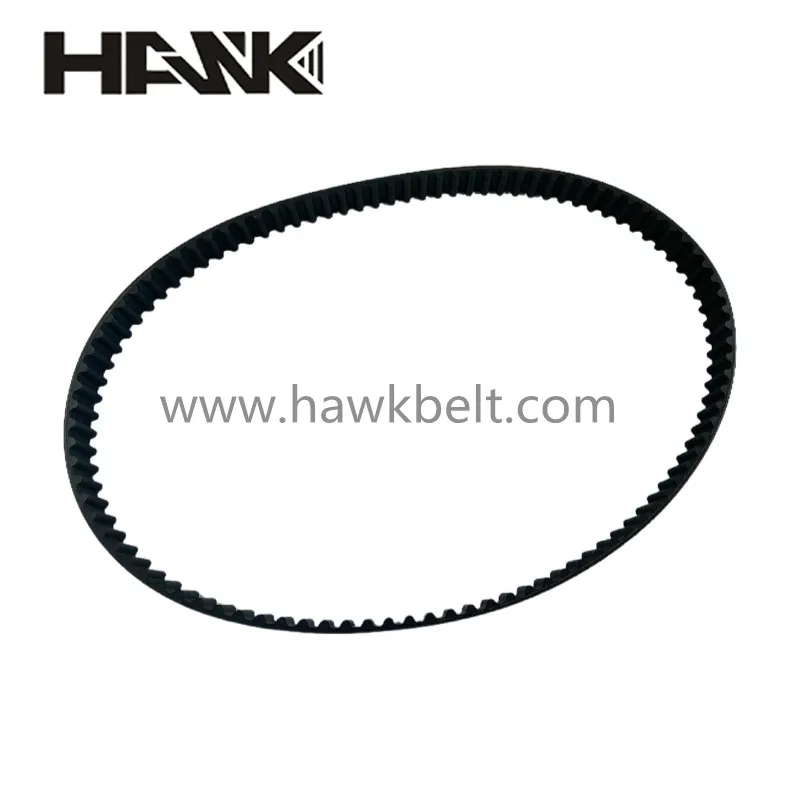- Arabic
- French
- Russian
- Spanish
- Portuguese
- Turkish
- Armenian
- English
- Albanian
- Amharic
- Azerbaijani
- Basque
- Belarusian
- Bengali
- Bosnian
- Bulgarian
- Catalan
- Cebuano
- Corsican
- Croatian
- Czech
- Danish
- Dutch
- Afrikaans
- Esperanto
- Estonian
- Finnish
- Frisian
- Galician
- Georgian
- German
- Greek
- Gujarati
- Haitian Creole
- hausa
- hawaiian
- Hebrew
- Hindi
- Miao
- Hungarian
- Icelandic
- igbo
- Indonesian
- irish
- Italian
- Japanese
- Javanese
- Kannada
- kazakh
- Khmer
- Rwandese
- Korean
- Kurdish
- Kyrgyz
- Lao
- Latin
- Latvian
- Lithuanian
- Luxembourgish
- Macedonian
- Malgashi
- Malay
- Malayalam
- Maltese
- Maori
- Marathi
- Mongolian
- Myanmar
- Nepali
- Norwegian
- Norwegian
- Occitan
- Pashto
- Persian
- Polish
- Punjabi
- Romanian
- Samoan
- Scottish Gaelic
- Serbian
- Sesotho
- Shona
- Sindhi
- Sinhala
- Slovak
- Slovenian
- Somali
- Sundanese
- Swahili
- Swedish
- Tagalog
- Tajik
- Tamil
- Tatar
- Telugu
- Thai
- Turkmen
- Ukrainian
- Urdu
- Uighur
- Uzbek
- Vietnamese
- Welsh
- Bantu
- Yiddish
- Yoruba
- Zulu
سېنتەبىر . 27, 2024 19:35 Back to list
Understanding the Role of Timing Belts Within Engine Mechanics and Performance
Understanding the Timing Belt Inside Your Engine
The engine is often referred to as the heart of a vehicle, and like the heart in our bodies, it requires a series of components to work harmoniously for optimal performance. Among these components, the timing belt plays a crucial role, ensuring everything runs smoothly. This article will delve into the function, importance, and maintenance of the timing belt inside an engine.
What is a Timing Belt?
A timing belt is a highly durable rubber band, often reinforced with fiberglass or cords, designed to synchronize the rotation of the crankshaft and camshaft(s) in an internal combustion engine. By doing so, it ensures that the engine’s valves open and close at the correct times in relation to the position of the pistons. This synchronization is essential for maintaining engine efficiency and preventing catastrophic failures.
The Function of the Timing Belt
The timing belt connects the crankshaft, which is responsible for converting linear motion from the pistons into rotational motion, to the camshaft, which opens and closes the engine’s valves. As the crankshaft turns, it drives the timing belt, which, in turn, synchronizes with the camshaft. This process is vital because if the timing belt were to slip or break, it could lead to misalignment of the valves and pistons. Such a misalignment could result in severe internal engine damage, often leading to costly repairs.
Importance of the Timing Belt
The timing belt serves several essential functions within an engine
1. Synchronization As mentioned, it ensures that the camshaft and crankshaft rotate in sync, allowing for proper valve timing. An engine running out of sync can lead to power loss and increased emissions.
2. Protection Against Engine Damage A well-maintained timing belt prevents the pistons from striking the valves. In interference engines, where the pistons and valves occupy the same space, a broken timing belt can cause disastrous damage.
timing belt inside engine

3. Fuel Efficiency Proper timing means the air-fuel mixture combusts optimally, leading to better performance and fuel economy. A worn or damaged timing belt can reduce fuel efficiency.
4. Reduced Emissions An engine in sync operates more cleanly, reducing harmful emissions. This is increasingly important, given the growing focus on environmental protection and stricter regulations worldwide.
Maintenance of the Timing Belt
Regular maintenance is crucial to ensure the timing belt functions effectively throughout its life. Here are some essential maintenance tips
1. Follow Manufacturer Guidelines Most car manufacturers provide a recommended replacement interval for the timing belt, usually ranging from 60,000 to 100,000 miles, depending on the vehicle. It is crucial to adhere to these guidelines to prevent unexpected failures.
2. Listen for Unusual Noises If you hear a squeaking or ticking noise from the engine, it may indicate that the timing belt is wearing out or that other components, such as the tensioner or idler pulley, need inspection.
3. Check for Wear and Tear During routine maintenance or inspections, mechanics should check the timing belt for signs of cracks, fraying, or excessive wear.
4. Replace Other Components It’s often advisable to replace the water pump, tensioners, and pulleys when changing the timing belt to prevent future issues and save on labor costs in the long run.
Conclusion
In summary, the timing belt is a vital component of your engine, ensuring its smooth operation and longevity. Understanding its function and importance can help car owners maintain their vehicles better and prevent potential damage. Regular inspections and adhering to replacement guidelines are key steps in protecting your engine and maximizing its performance. Always consult with a qualified mechanic for the best practices in caring for your engine’s timing belt and overall health. By doing so, you can keep your vehicle running efficiently and avoid costly repairs down the line.
-
Korean Auto Parts Timing Belt 24312-37500 For Hyundai/Kia
NewsMar.07,2025
-
7PK2300 90916-T2024 RIBBED BELT POLY V BELT PK BELT
NewsMar.07,2025
-
Chinese Auto Belt Factory 310-2M-22 For BMW/Mercedes-Benz
NewsMar.07,2025
-
Chinese Auto Belt Factory 310-2M-22 For BMW/Mercedes-Benz
NewsMar.07,2025
-
90916-02660 PK Belt 6PK1680 For Toyota
NewsMar.07,2025
-
drive belt serpentine belt
NewsMar.07,2025

